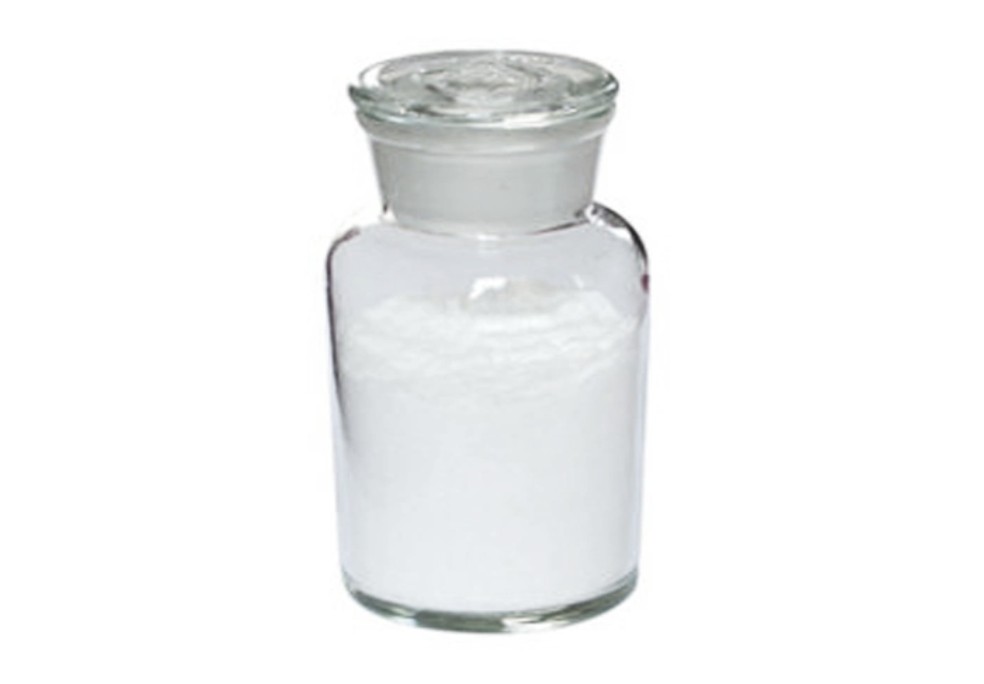1. Nombre del producto :Mildronate
2. Product nicknames :3-(2,2, 2-trimethylhydrazinium) propionatedemediation; ,2,2 Mildronate3 – (2 – Trimethylhydrazine) propionate; 3 – (2,2,2 trimethyldiazan – 2 – iumyl) propanoatedihydrate; 3 – (trimethylammonioamino) propionate; 3 – (trimethylazaniumylamino) propanoate; Kvaterin; 2 – (2 – carboxyethyl) – 1,1,1 – trimethylhydraziniumhydroxideinnersalt; 3 – (2,2,2 – trimethylhydrazine) propionate
3. Fórmula molecular: C6H14N2O2
4. Peso molecular: 146.18756
5. CAS no. : 76144-81-5
6. Water soluble: soluble en agua; Slightly soluble in ether; Almost insoluble in acetone
7. Apariencia: white or white-like crystalline powder
8. Punto de fusion: 85-90 ℃
9. Condiciones de almacenaje: Refrigerator
Meldonium,trade-named as Mildronate among others, is a limited-market pharmaceutical, developed in 1970 by Ivars Kalviņš, Latvian Institute of Organic Synthesis (USSR), and manufactured primarily by Grindeks of Latvia and several generic manufacturers. It is distributed in Eastern European countries as an anti-ischemia medication.Since 1 January 2016, it has been on the World Anti-Doping Agency (WADA) list of substances banned from use by athletes.However, there are debates over its use as an athletic performance enhancer. Some athletes are known to have been using it before it was banned. It is currently unscheduled in the US.
The chemical name of meldonium is 3-(2,2,2-trimethylhydraziniumyl) propionate.It is a structural analogue of γ-butyrobetaine, with an amino groupreplacing the C-4 methylene of γ-butyrobetaine.[citation needed] γ-Butyrobetaine is a precursor in the biosynthesis of carnitine.[better source needed][needs update] It has a molecular weight of 146.188. It is available as a white crystalline powder, as well as a capsule sold by Grindeks. The melting point is anywhere between 85-90 degrees Celsius
1. Meldonium can improve the energy metabolism process of myocardial cells, inhibit carnitine-dependent fatty acid oxidation, strengthen intracellular sugar metabolism, provide energy to tissues through anaerobic glycolysis, and improve myocardial ischemia and hypoxia symptoms. Other drugs (such as vasodilators, diuretics, etc.) are used in combination in the treatment of ischemic heart disease.
2. Meldonium can promote the redistribution of blood in the ischemic areas of the heart and brain, and is used in the treatment of various acute and chronic cerebral blood supply disorders.
3. By improving the fat metabolism process, the drug can improve people's working ability and relieve psychological and physical overstress syndrome. Athletes taking the drug during training and competition can improve sports performance.
4. Eliminate the functional damage to the nervous system of chronic alcoholism patients during the onset of withdrawal syndrome. Además, the drug can also improve the retinal vascular disease caused by nutritional disorders.
5. Membrane protection: Cardiac ischemia causes a nervous reaction in myocardial cells, which increases the decomposition of fatty acids in the mitochondria, accumulation of fatty acid metabolites in the cells, damage to the cell membrane apparatus, and an increase in intracellular Ca++.
6. Energy optimization: Meldonium can reduce the accumulation of long-chain acylcarnitine, thereby inhibiting carnitine-dependent fatty acid oxidation, and transforming the energy metabolism of hypoxic myocardium from fatty acid oxidation to more favorable glucose oxidation, namely Promote anaerobic oxidation of glycolysis pathway, so this product has anti-hypoxia effect and cardioprotective activity.
7. Effects on energy metabolism enzymes: Meldonium can also prevent isoproterenol-induced enhancement of blood lactate dehydrogenase (myocardial specific isoenzyme) and liver heterogeneity, and prevent the increase of creatine phosphokinase activity.
8. Effect on carnitine excretion: Another study shows that Meldonium competitively inhibits betaine butyrate hydroxylase and blocks the biosynthesis of carnitine in the body, but also competitively affects carnitine. Reabsorption in the kidneys.
9. Protection of ischemic heart: In the area of myocardial ischemia, the blocked anterior descending artery not only reduces the level of ATP, ADP and creatine phosphoric acid in the tissue, but also increases the level of AMP and lactate in the tissue, reducing the energy potential the value of. The experimental results show that Meldonium can inhibit the β-oxidation of fatty acids, which is very beneficial to the energy metabolism of ischemic myocardium.






















